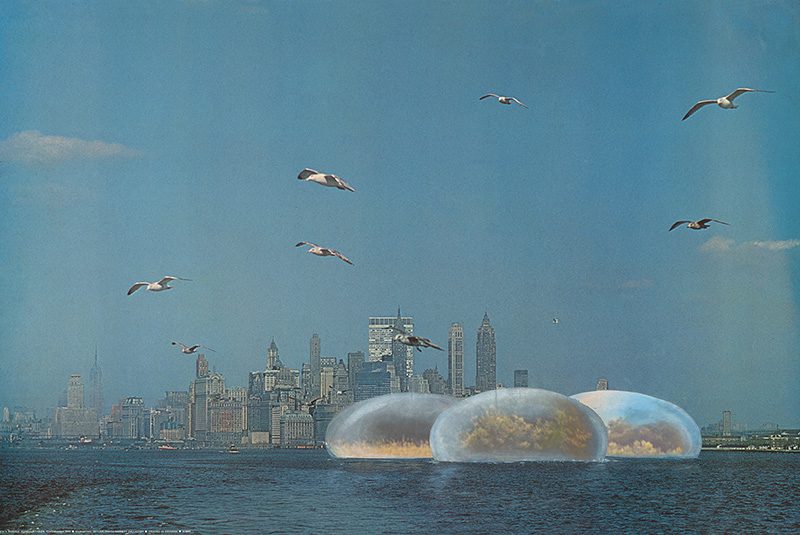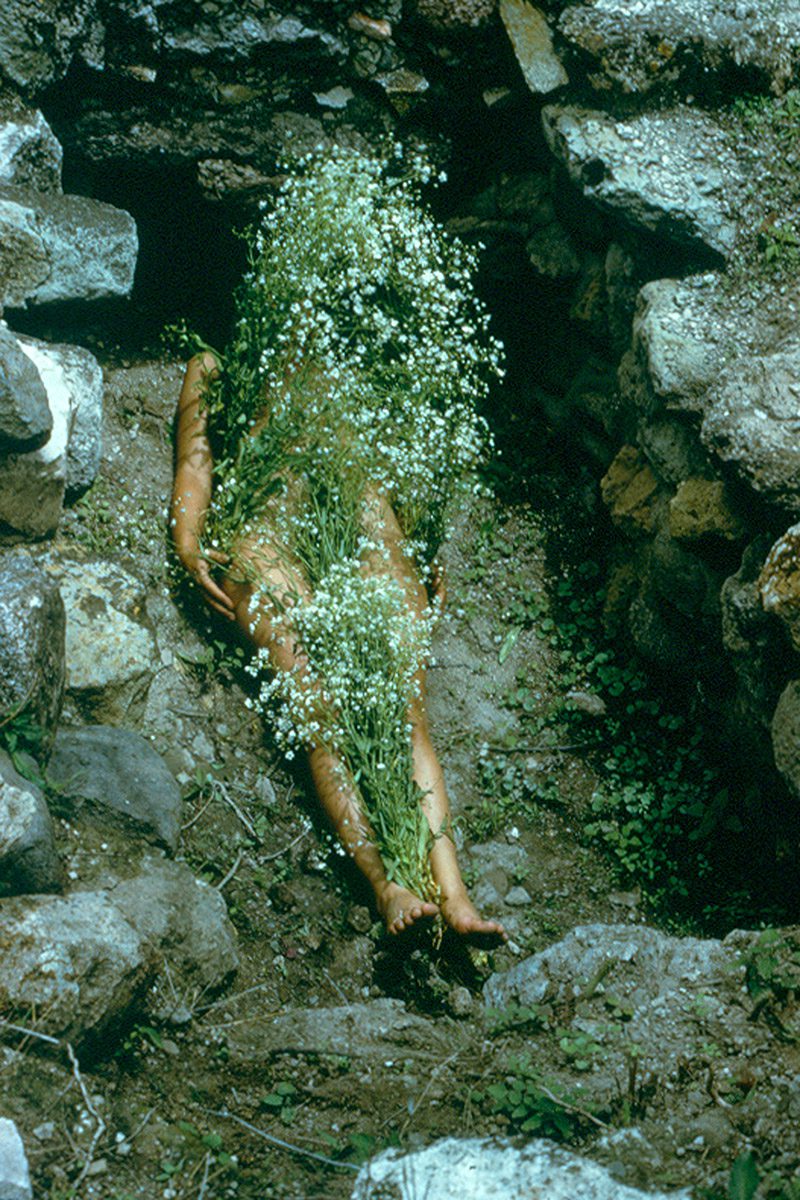ART-TRIBUTE:Sublime at Centre Pompidou Metz
 This “Sort of mixed passion of terror and surprise”, crystallised by the philosopher Edmund Burke in 1757 with one word: “Sublime”, expresses the combination of attraction and repulsion we feel when we face the fury of nature: our mixed feelings of astonishment, loneliness, all-power and fear when we are confronted with it.
This “Sort of mixed passion of terror and surprise”, crystallised by the philosopher Edmund Burke in 1757 with one word: “Sublime”, expresses the combination of attraction and repulsion we feel when we face the fury of nature: our mixed feelings of astonishment, loneliness, all-power and fear when we are confronted with it.
By Dimitris Lempesis
Photo: Centre Pompidou-Metz Archive
Seas unleashed by storms, the awakening of volcanoes, immaculate white cliffs and dark valleys became the stereotypical features of Sublime in Romantic literature and painting in the 18th Century, the exhibition “Sublime. The Tremors of the World” at Centre Pompidou-Metz, investigates the renewal of the concept of the Sublime as a muse to the 18th Century in a contemporary context, bringing together 300 works of over a 100 artists from Léonard de Vinci to Richard Misrach, including William Turner, Agnes Denes and Lars von Trier. The exhibition reveals our persistent fascination with “nature too far”, in the words of Victor Hugo, and the continuous use of the iconography of the Sublime. It also shows that this fascination includes two radical mutations. First: the position of the viewer in front of the overflow of the world, who becomes aware of their role as a player and two: the very idea of catastrophic disaster. Recent natural have sharpened our awareness of a delicate balance, man’s very relative control over his environment and impact of his activities on nature. From the nuclear disasters of Chernobyl and Fukushima, to natural disasters like Hurricane Katrina, we are exposed, players at the centre of a possible disaster to come. The exhibition begins with a geographical picture of terror and fear by displaying pieces that reproduce the ambiguity of contemplative or idealised landscapes with invisible scars. Lastly, the exhibition evokes the resurgence, since the 60’s and 70’s, of a rekindled bond with nature, through a renewed enchantment, an aspiration to unite with the elements, and to raise ecological awareness. This is expressed not only in the poetic realm, but also in the politics of the time. The artists consciously deal with a certain iconography of the romantic concept of the Sublime, like the artists of Earth art and Land art, who play directly with the landscape and the elements through interventions and performances on site.
Info: Curator: Hélène Guenin, Assistant Curator: Hélène Meisel, Centre Pompidou-Metz, 1 Parvis des Droits de l’Homme, Metz, Duration: 11/2-5/9/16, Days & Hours: Wed-Mon 10:00-18:00, www.centrepompidou-metz.fr




